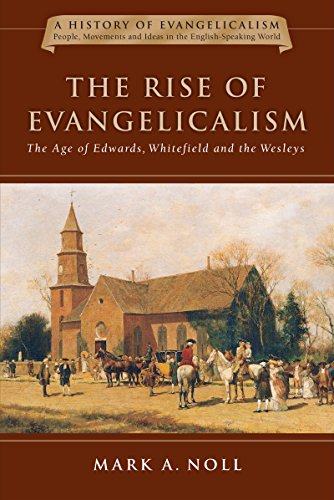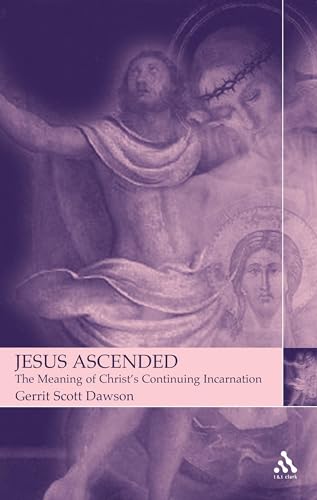THE TEMPLE AND THE CHURCH’S MISSION, A BIBLICAL THEOLOGY OF THE DWELLING PLACE OF GOD
Written by G.K. Beale Reviewed By Oliver D. CrispOne of the stated aims of the New Studies in Biblical Theology series in which this volume appears is to set forth a biblical theme. Beale has decided to lay out the theme of the Temple, setting it in an eschatological framework. His thesis is that the biblical data on temple worship should be viewed in the light of the eschatological picture of the worshipping people of God in the new heavens and earth (Rev. 21–22). In Revelation, there are two apparently competing images of a temple coming down from heaven, which seems to echo Ezekiel’s vision of the ideal temple, and a garden, through which runs the river of life. Beale thinks, however, that these two images are two aspects of one composite biblical theme, found earlier in Scripture. He argues that the garden picture in Revelation 22 reflects Eden, which is the archetypal ‘temple’ that became the model for later OT temples. As Eden was a paradise where God dwelt, so the temple becomes the place particularly associated with the divine presence. In fact, Beale claims that the OT temples pick up on the imagery of Eden, and reflect a sophisticated way of thinking about the immanence of God amongst his people. For instance, the arboreal lampstand (Menorah) of the Temple is pre-figured by the Tree of Life (71). And just as the Acts of the Covenant was ‘guarded’ by cherubim sculpted on its lid so there is a cherubim guarding the way to Eden (70). This theme is carried over into the treatment of the NT imagery of Christ as the foundation of the Church and the Church as, in some respects, the New Temple with a ‘royal priesthood’ of believers.
Much of this volume develops themes that are clearly rooted in the text and it makes for an interesting read. The worship of God is, after all, a central part of the biblical plot line. The place of worship is also important, and the way God’s people have worshipped him over time has changed in interesting ways. In particular, I liked the way that Beale shows how eschatology informs in whole sweep of biblical data on this topic. It ‘drives’ what he says about the OT material and gives substance to the thesis about the relation between Christ, the Church and the temple of God.
This is certainly biblical theology done well. It will appeal to a wide range of readers, despite its length (over four hundred pages). Beale seems to have hit on something that is important. He shows how the theology of the Temple highlights the final consummation of all things in a way that is refreshing and uplifting. The eschatological dimension is intriguing, although the idea of view and theological issues through eschatology is not novel. And at times, one was left with a feeling that his argument had a tendency to be rather fanciful. (If Eden is a type of the Temple, what are the analogues of the worshippers, the offerings, the ritual?)
Nevertheless, this is an interesting book. One hopes it will help people to get to grips with the biblical data on this topic, although they might not agree with every conclusion Beale reaches.
Oliver D. Crisp
University of Notre Dame







